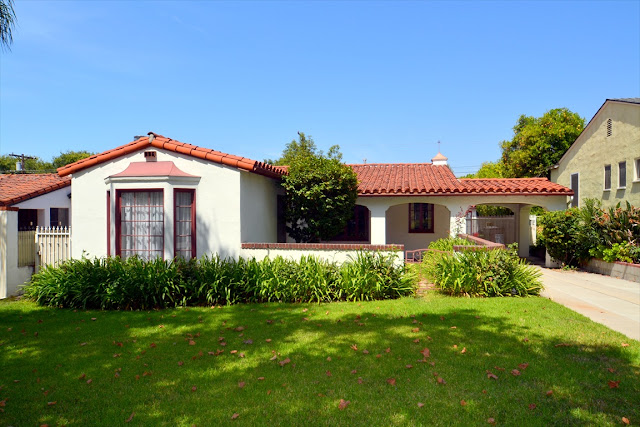Climate control Strategies in traditional built form - Lucknow Context (Page 3)
The city has two discernible entities, viz: the older habitations in the central part, and the newer Settlements all around it. The older areas of the city (largely south of the Gomti river such as Kaiser Bagh, Chowk, Nakkhas, etc) are characterised by high density and pre-colonial settlement structures. The oldest dense settlements and relatively newer areas built during colonial period make up the core of the city. The older urban settlement was compact and mostly planned around courtyards with respect to the climate and need for social interactions. The outer and peripheral have primarily been settled in the post-independence period. The urban fabric is very tightly knit in the old city so much that the street feels like an elongated courtyard carved out of a dense building mass. The streets in the older settlements are narrow and winding. The width of streets varies from 3m to 5m. Due to slight meanderings, there are no views down the entire length of the streets. Streets act as linkages, activity and interaction spaces. The height of the building compared with the width of the streets is large to create shaded environment for the pedestrians and social activities on the streets.
Generic house: Lucknow has its own traditions and culture, which was largely influenced by the religion and beliefs of the people. The traditional houses of Lucknow were built with three main considerations, i.e., privacy, Segregation between men and women and response to the hot climate. These factors have a great influence on the design of the houses people live in. Depending upon the socio-economic status of inhabitants there are two types of traditional residential buildings. The first type of traditional houses consists of kothis, havelis and palaces, which were commissioned by the Nawabs and their courtiers. These were examples of outstanding Nawabi domestic architecture. Their plan forms and their stylistic character were subjected to Wide variations from one Nawabi authority to another.
(Continues...)




Comments
Post a Comment